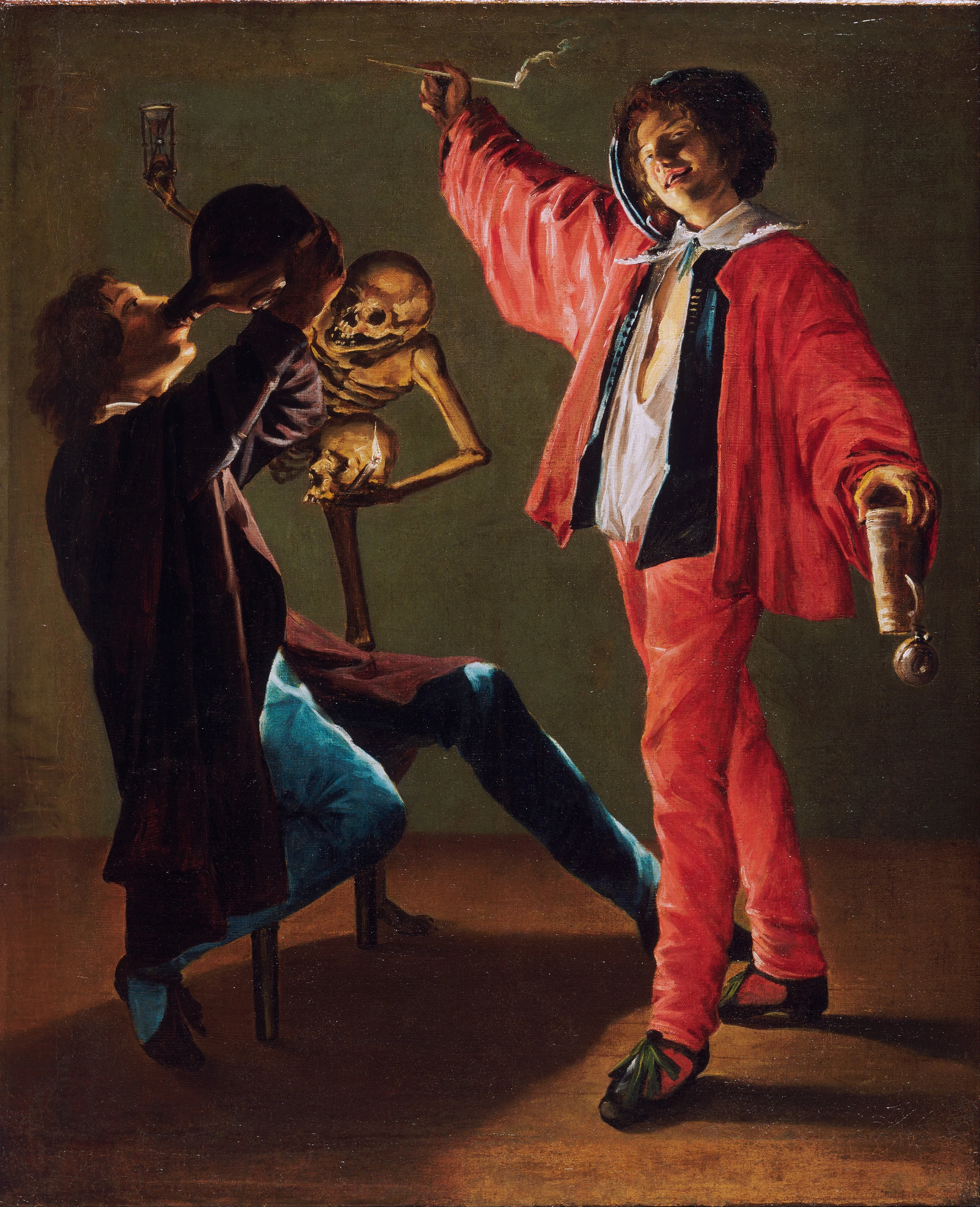Judith Leyster
Jovial portraitist forgotten for 200 years




There’s an insouciant weirdness to almost all of Judith Leyster’s paintings. Her characters are extraordinarily happy—hoisting a drink, grabbing an eel, and almost always turning to lock eyes with the viewer, including us in a moment of intimate hilarity.
Judith Leyster was the second female member to be admitted to the Haarlem Guild of St. Luke, a prominent Dutch artist guild in the early 1600s. She might have turned to painting to support her family after her father’s bankruptcy, but her works show little angst. A confidence and humor pervades her work, and it’s matched by her professional success. After two years in the guild, she had three apprentices, and was well known enough to be mentioned in literature documenting her town of Haarlem.
But art history betrayed Judith. Her entire body of work, despite its distinctive ‘JL*’ monogram, was attributed to Frans Hals for almost 250 years after her death. Hals also painted emotive portraits with similar styling and subject matter, and it took until 1892 for someone to spot the mistake. It was the Dutch collector and art historian Cornelis Hofstede de Groot who first recognized Leyster’s mark on a painting that had recently been sold as a Hals. Hofstede de Groot went on to write the first academic article on Leyster’s work, taking the first steps toward recovering Judith Leyster’s strange, personal, funny take on art.